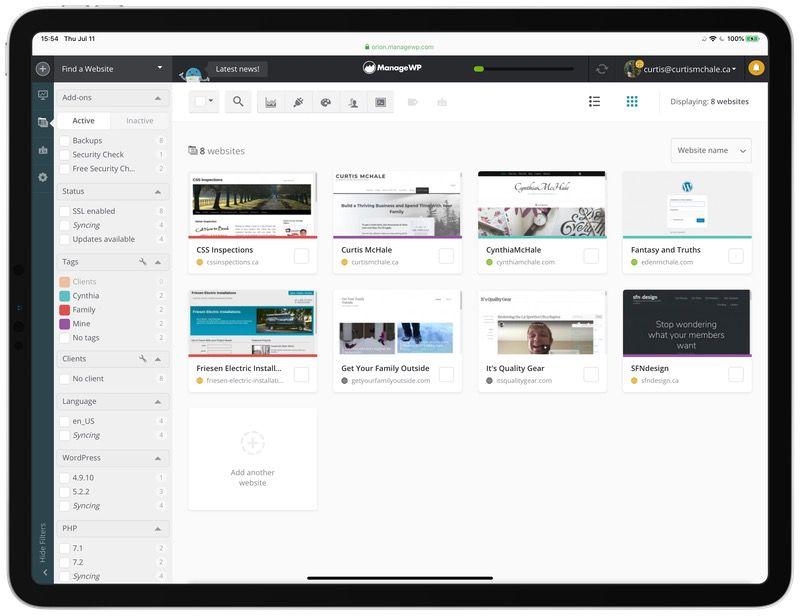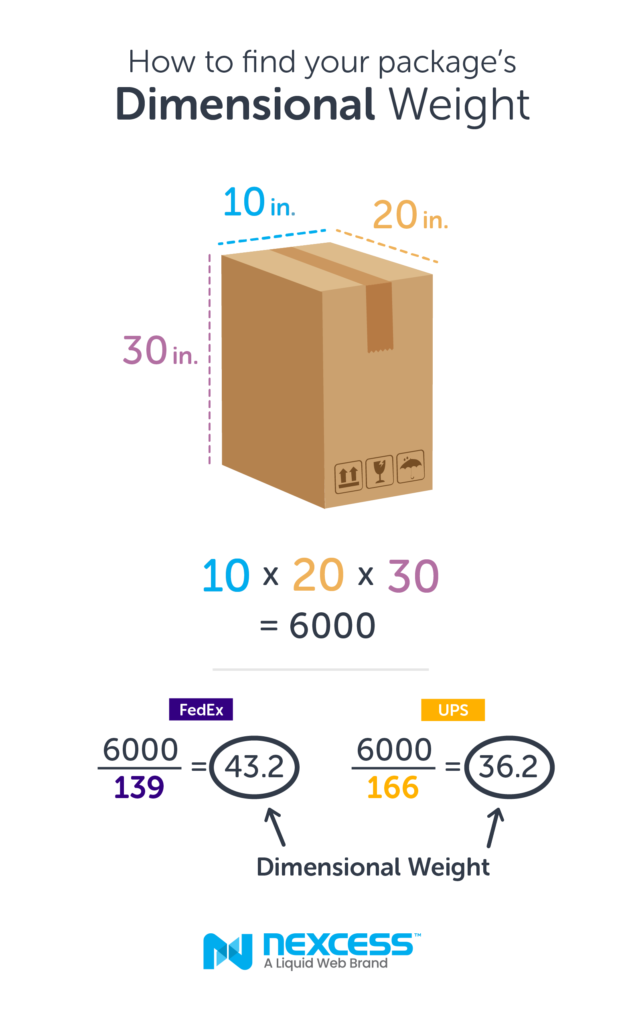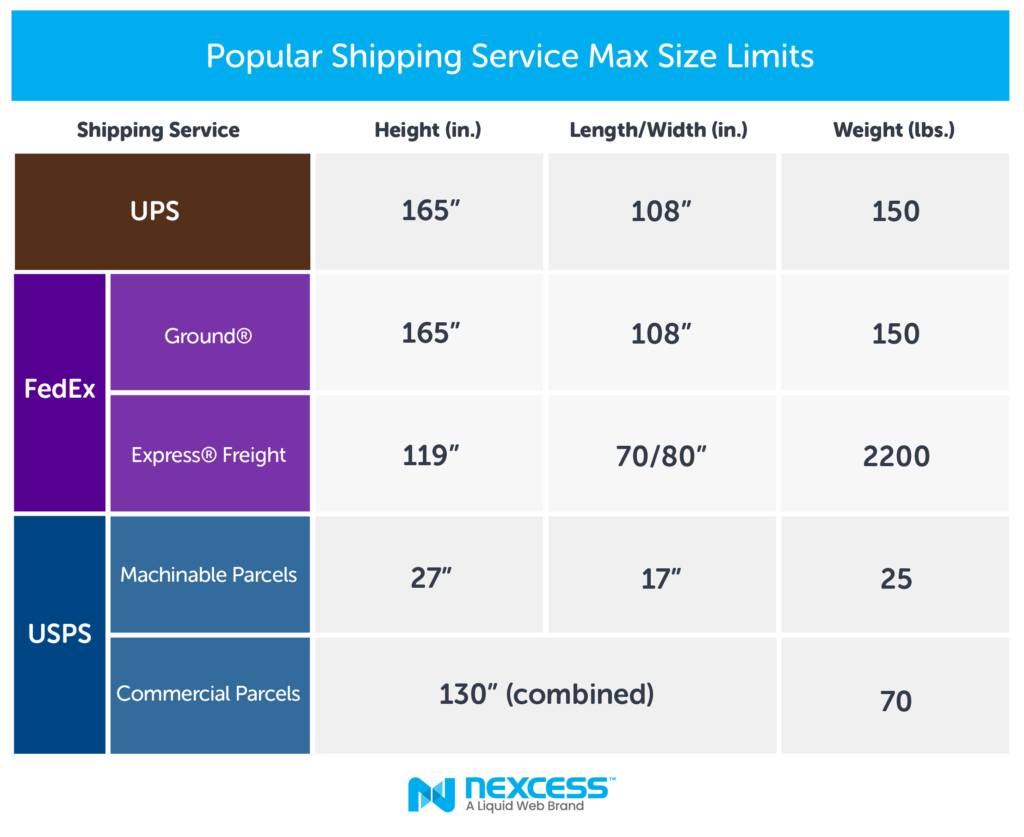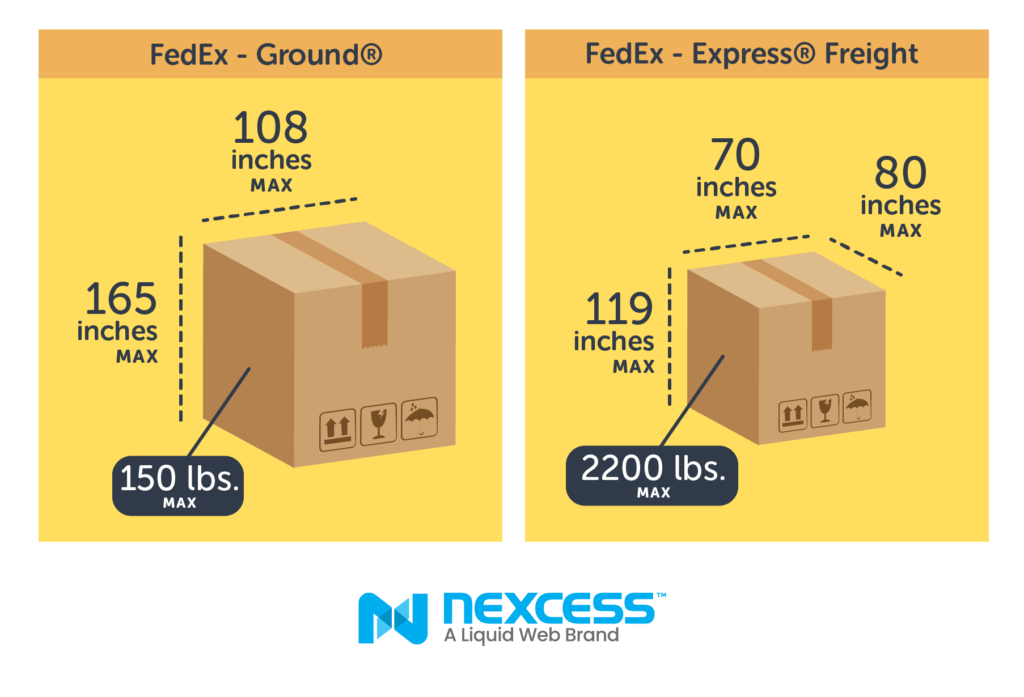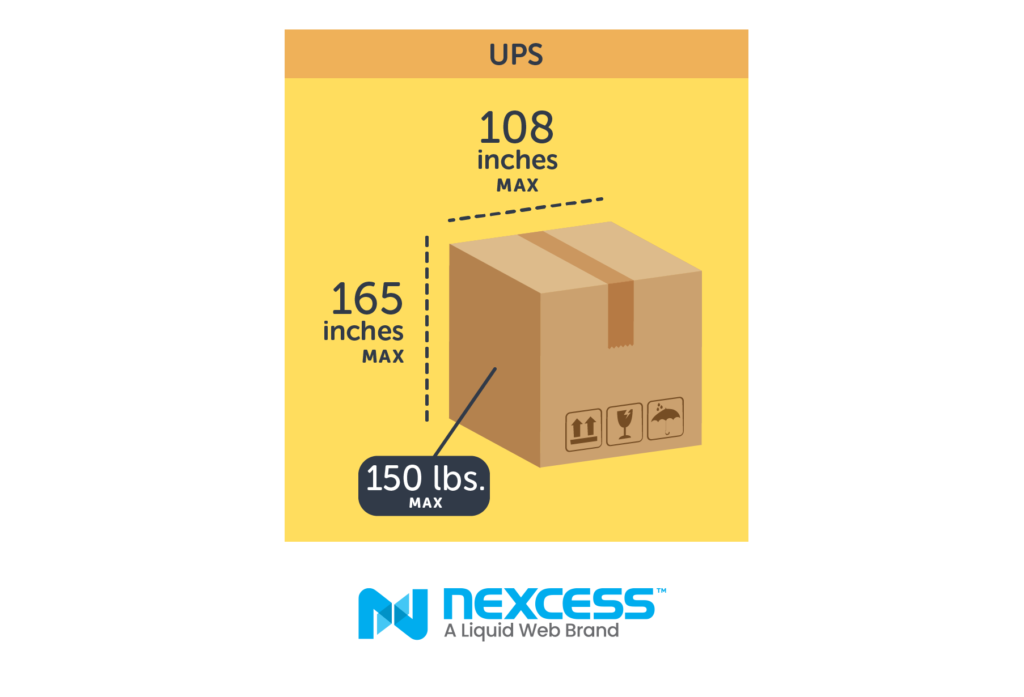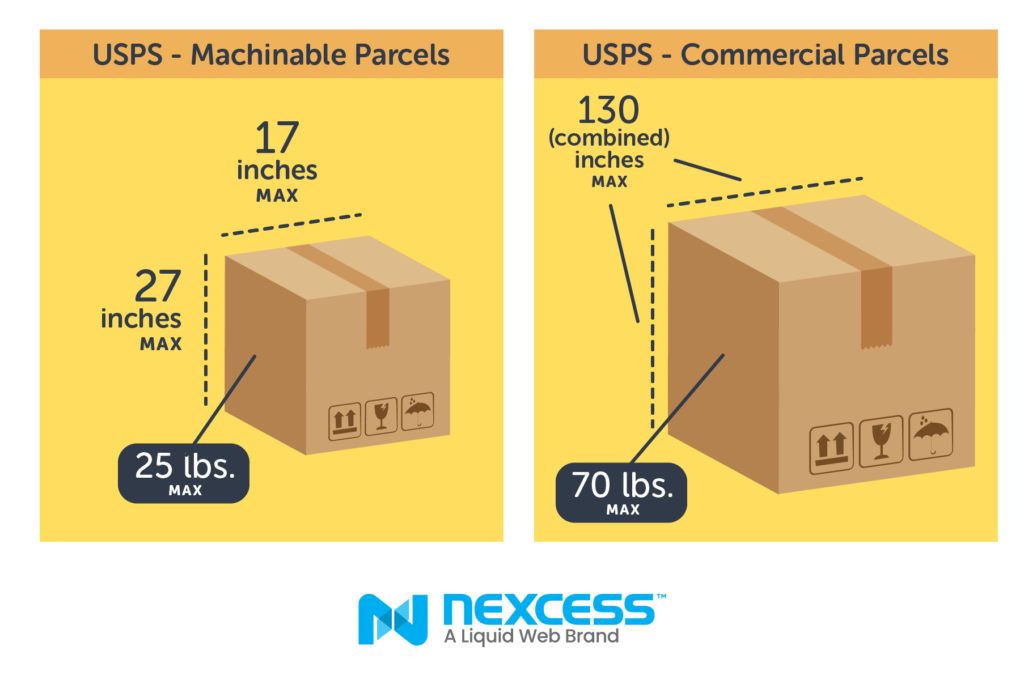In Times of Uncertainty, Bridging the Gap Between Technology and Humanity
Every small business is unique and faces unique challenges in the best of times. As you navigate today’s challenges, exploring options to ensure sales with minimal disruption, now might be the time to consider taking your business online.

Legal and Regulatory Stuff
Taxes, payment gateways, shipping, and product liability are just a few areas to explore as you expand from bricks to clicks.
Since your business is (likely) incorporated already, your e-commerce site with the same name and owner should fall under the same legal shelter. Other issues to check off the list:
- Create and adhere to shipping and return policies
- Trademark your company logo and symbol
- Ensure that published site content is copyright free
Of course, you cannot pay close enough attention to matters of consumer data privacy. A standard set of Terms & Conditions should cover the vast majority of your site’s transactions.
Least favorite of all, as a business with a physical presence, also called nexus, (and every state defines this differently) the vast majority of products are taxable and you are required to collect sales taxes.
Building a Business Plan & Budget
Generally speaking, your budget will be driven by the sales volume you project in your e-commerce business plan. And as with traditional business plans, you’ll want to understand and leverage your competitive advantage, identify target customers, and develop a digital marketing plan which can include costs associated with email campaigns, social media content, and video production among other tools. (Site platform and host information are in a separate section.)
ECommerce sites don’t have to cost an arm and a leg. You can hire a freelancer or build your own WooCommerce site for $5,000. If you have a simple store that should be a great starting point. However, the more inventory you put online, the more features, functionality and security your site will require.

Selecting a Platform & Host (important!)
Your online store’s platform is like your car’s engine, and ideally you should never have to open the hood. That said, every platform comes with a learning curve and it can be fun to see what tools make the most sense to showcase your products or services.
The WordPress platform – an open source and software content management system (CMS) – is utilized by about 30% of the top 10 million websites or more than 60 million sites worldwide.
There is a reason for its ubiquity. Part and parcel to your platform is your site’s host, the selection of which should entail a comprehensive analysis of the service provider and available perks. Success factors include:
- Server reliability
- Uptime scores
- Customer service
- Security (SSL certificates)
- Availability of site backups
- Registration and maintenance costs
- Account limitations (our lowest level WooCommerce plan can handle 500 orders an hour)
- and eCommerce and email options
If your business already has a website, WooCommerce may be a good option as you extend to online sales.
Inventory Tracking, Product Fulfillment & Delivery
Knowing what to sell can be a challenge. Many brick-and-mortar stores that expand to e-commerce start by initially limiting online inventory to their top 10 or 20 items and grow from there as they gain comfort tracking sales and as the site gains new customers.
Remember that for each item, you’ll want to include product information such as cost, sizing, color choices, return policies, and shipping details. Stringent shipping and delivery protocols are increasingly prevalent across the retail spectrum.
In addition to logistics planning for how to fulfill new orders from potentially anywhere, you can reassure customers that your store has adopted universal precautions when it comes to inventory management, packing and shipping

Marketing & SEO – How will customers find you?
We could share pages and pages about digital marketing and Search Engine Optimization (SEO). The bottom line is that websites must meet specific requirements set by search engines like Google. This is why an SEO strategy is critical.
SEO trends will inform your site content and ensure that customers see your store in search engine results. Across these trends, descriptions of products and services should include natural and identifiable keywords that search engine crawlers will seek out to connect prospective shoppers to your site. It’s also important to make site page titles and meta descriptions unique to each page.
While security may seem irrelevant to SEO, it can impact a customer’s experience: a seemingly unsafe (or “not secure”) website will propel site visitors to the exit door. Voice search, mobile, video, dwell time, load time, and length of high-quality content all contribute to how people find and engage with your site.
Customer Engagement Amidst “Social Distancing.”
Your new online store can be built with diverse and creative tools to maintain your connections with customers used to walking in your door – and to cultivate new customers.
Videos, social media, blogs, and virtual community gatherings can all be effective here. Bear in mind, however, that such features will add to the cost of your site’s construction and maintenance.
Incentives to Return Customers to Your Physical Location
Whatever our new normal looks like, most of us look forward to physically returning to our favorite boutique or market or restaurant. Until then you may want to incentivize customers with:
- Bounce-Back Coupons for In-Store Purchases or Discounts
- “Date TBD” Special In-Store Event
- New In-Store Loyalty Program
- Gift cards (for online or in person)
If you’ve put off exploring your online options, now is the time for action in order to expand your sales footprint and ensure brand continuity. Hostdedi can answer all your questions and we can connect you with the resources you will need.

Founded 20 years ago, Hostdedi managed platforms have always provided agencies with the ability to deliver the site experiences their clients expect. Built on the four pillars of speed, security, scalability, and service, our solutions are designed to help your website realize its potential. Visit Hostdedi.net today and see how we can help.






